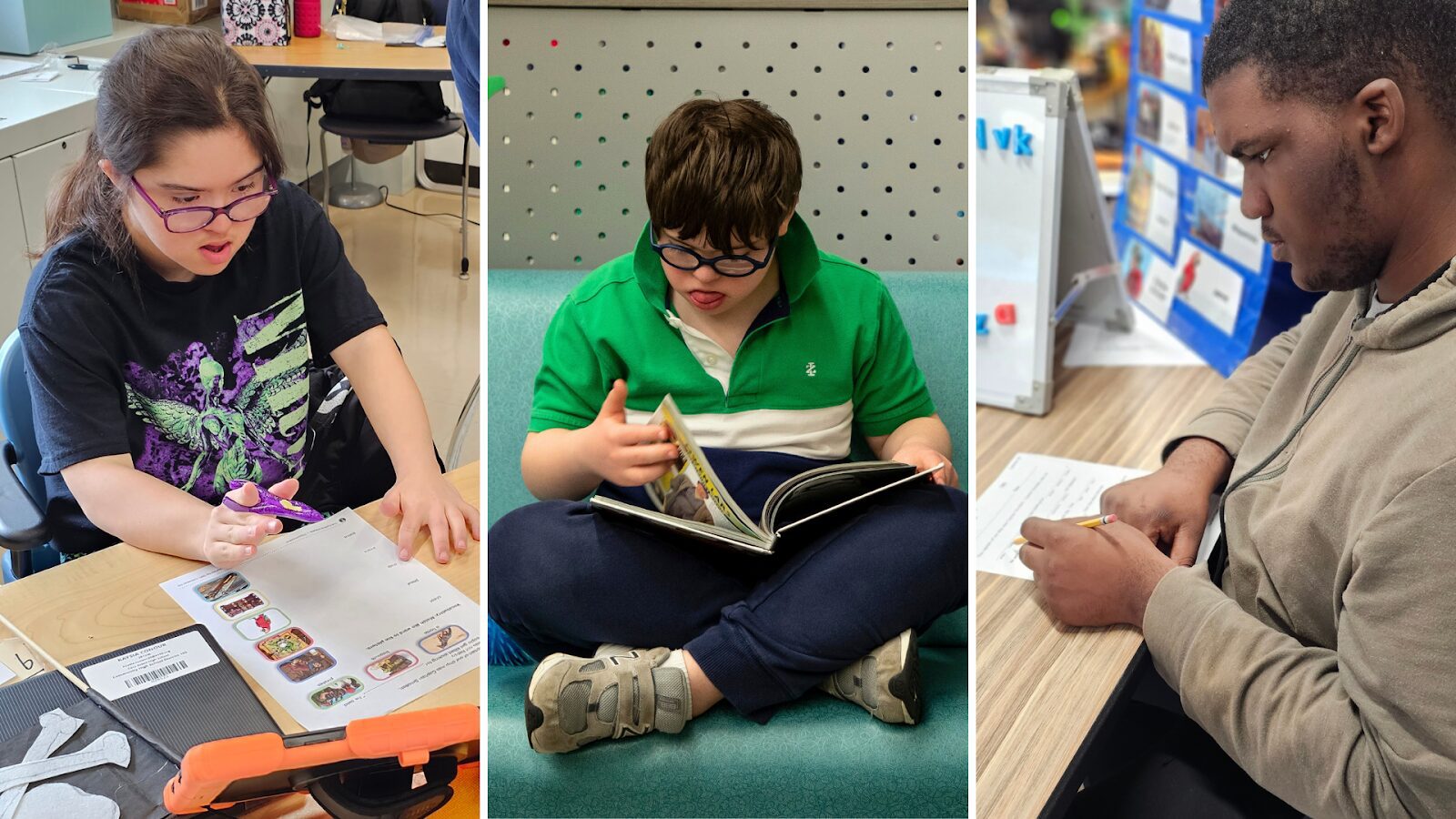How I Connect the Dots Between Life Skills and Curriculum Content
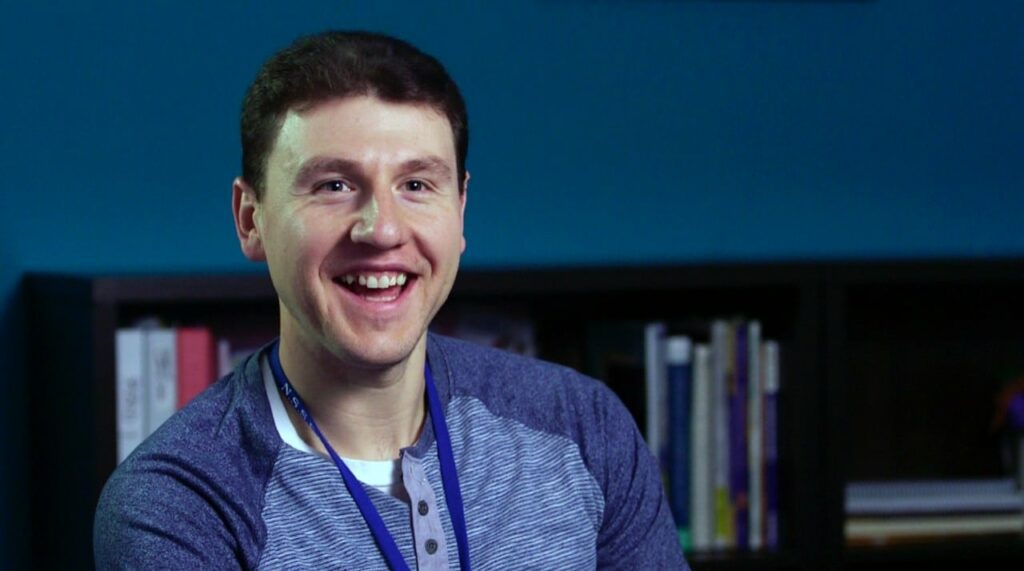
There are a lot of spinning plates. You have the core standards, and you try to look at the essential elements. Then you consider your students’ levels while making sure you’re meeting each individual’s functioning level, while making progress on their IEP goals. On top of that there are special social/emotional learning needs.
So I guess all that is to say there are plenty of challenges that come with being a special education teacher. But ultimately, my goal is the same as a lot of other educators: I want to inspire and engage my students in learning at any level. I want to make sure that my students make personal connections with the topics we’re covering. I want them to progress from the beginning of the school year through an entire path of learning and be better and more prepared for the real world when they leave. This is the job I set out to do every year.
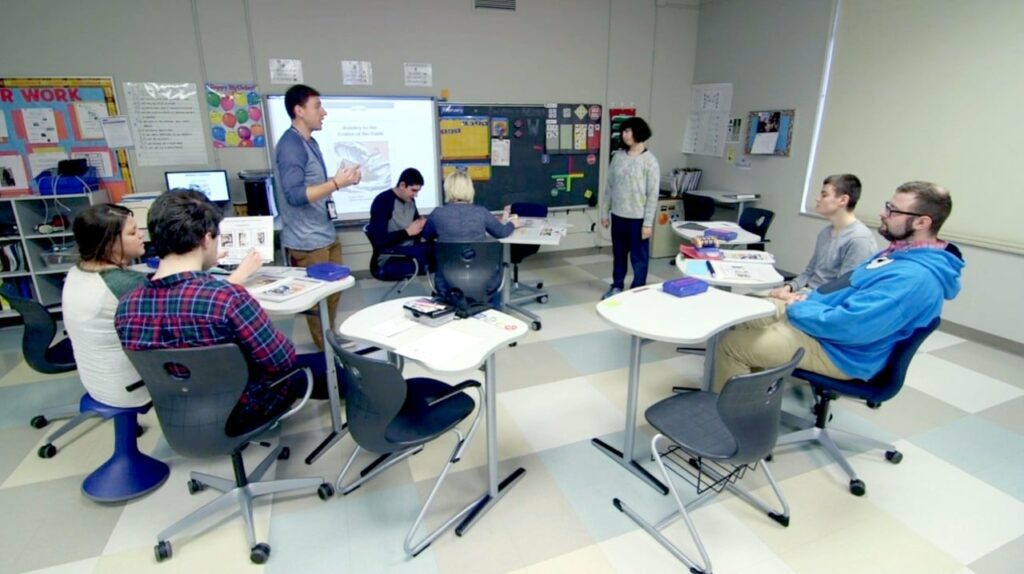
The main challenges: time and creativity
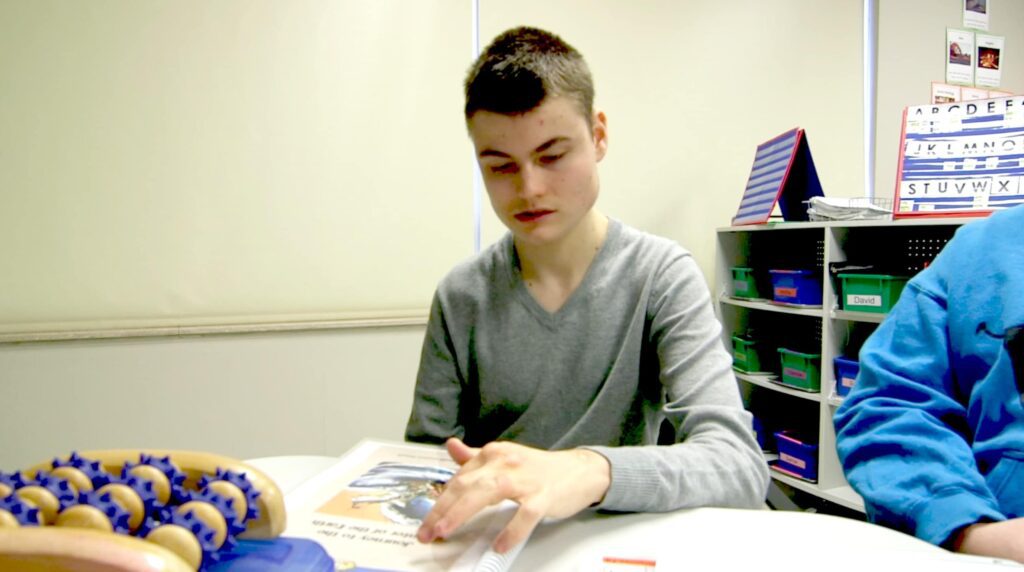
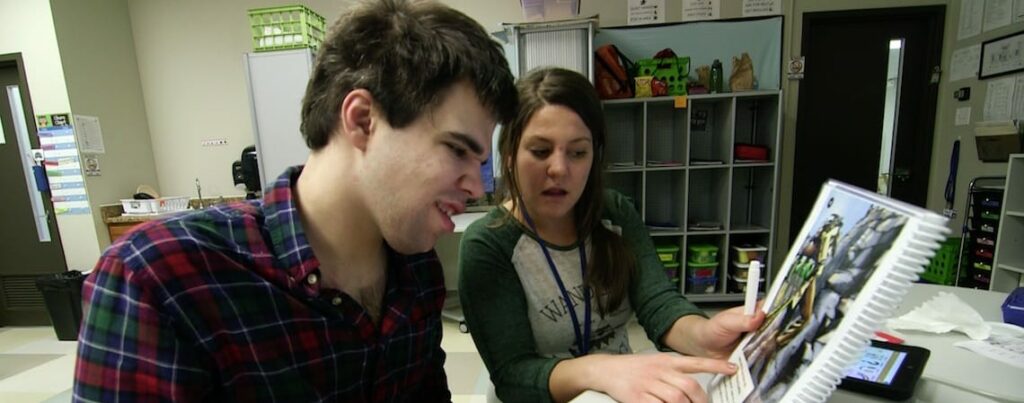
When we go through Readtopia’s curriculum on Journey to the Center of the Earth, there’s a lot that’s covered. We talk about the difference between lava and magma. We talk about hot, we talk about cold. But the thing I really remember is how engaged the students were when we did the volcano experiment. It blew up, things were coming out. They really enjoyed it. It went beyond book learning.
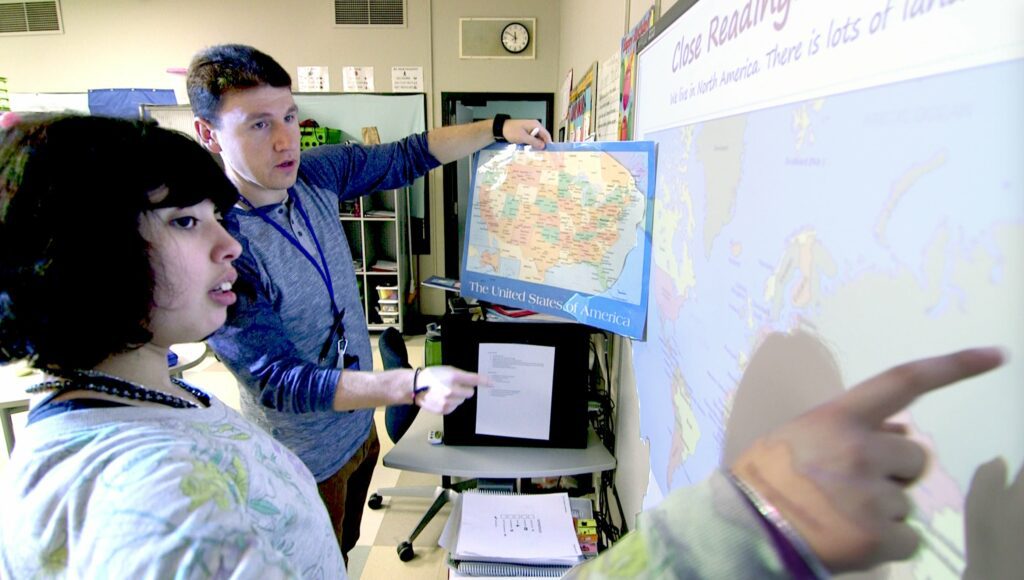
We do a lot of community-based instruction in my classroom. Sometimes, we’ll take on a task like going to the grocery store. We’ll look at Google Maps sometimes, but we also look at the maps in Readtopia stories like The Diary of Anne Frank. One of my students made a strong connection between these different types of maps. We often wonder how much students retain and generalize, but when these connections happen—between the curriculum and life skills—it reinforces what we do as teachers. I really do enjoy helping my students generalize those skills.
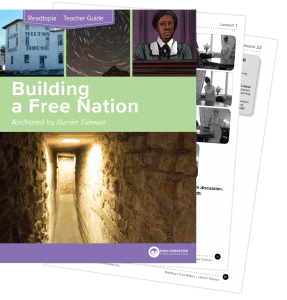
When we cover Harriet Tubman and slavery, those concepts are so big. They’re part of the curriculum, but I have to admit that they can be challenging to introduce to my students. We used the concept of bullying to simplify things and help the students relate. A couple weeks ago, we did a lesson using different text types for different groups. The topic was focused on how slaves escaped the south.
More time to do what I love
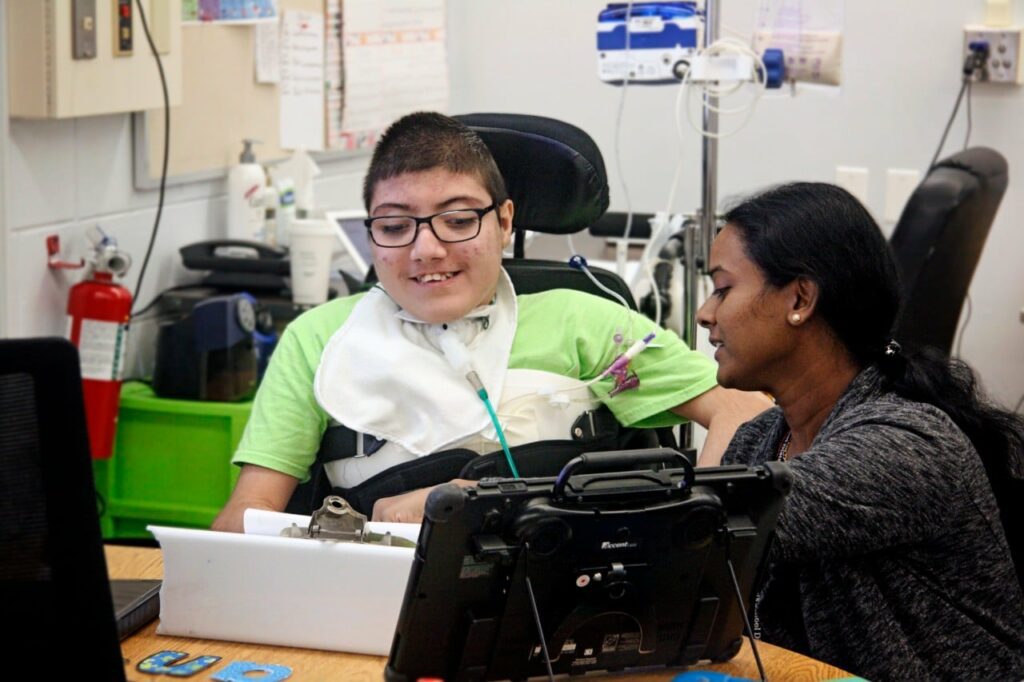
Try Readtopia in your self-contained classroom
Readtopia was created specifically for special education. It helps you teach, which helps your students learn.


